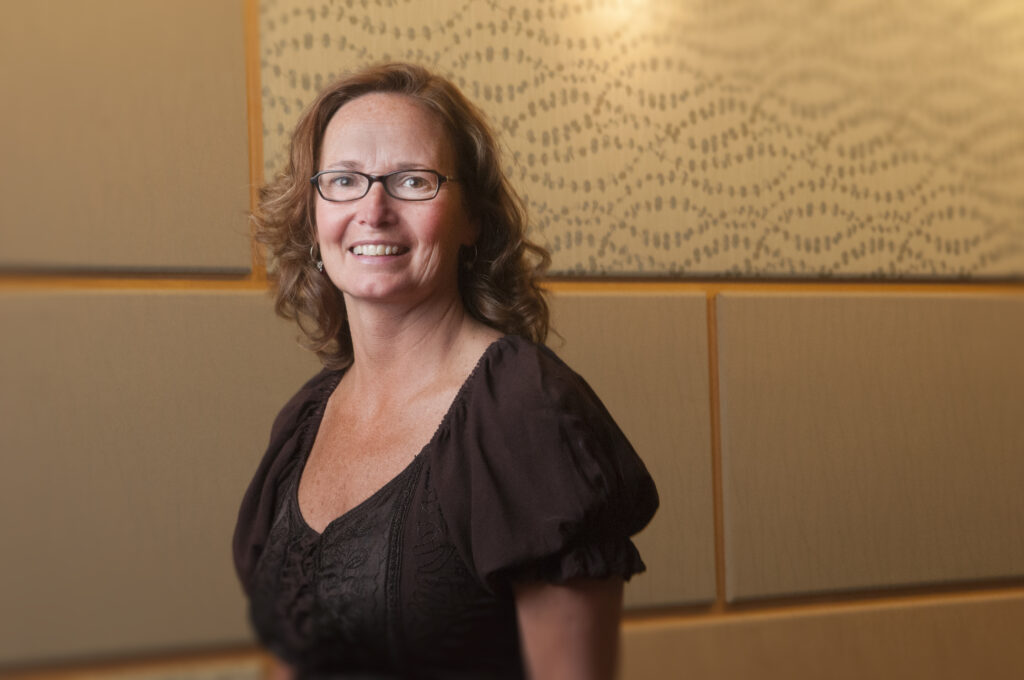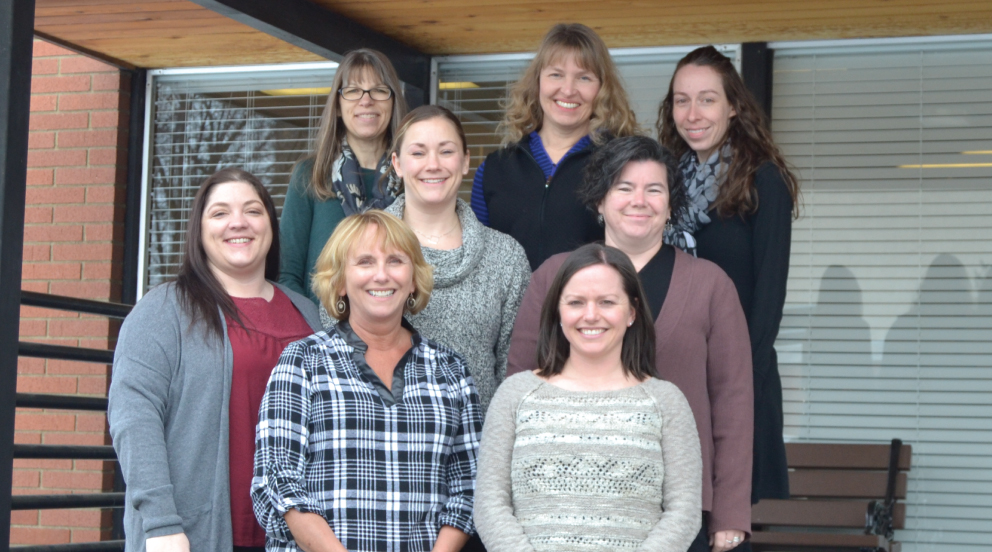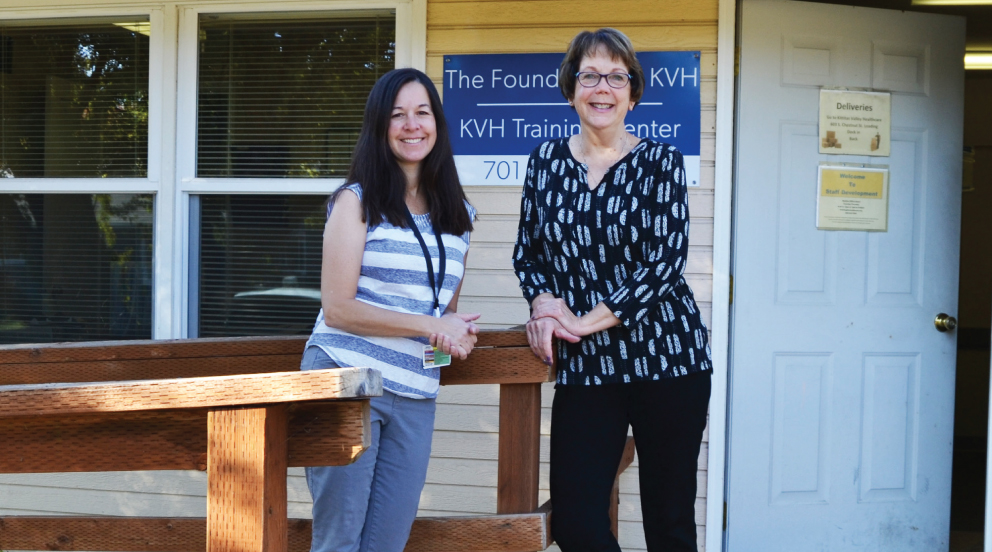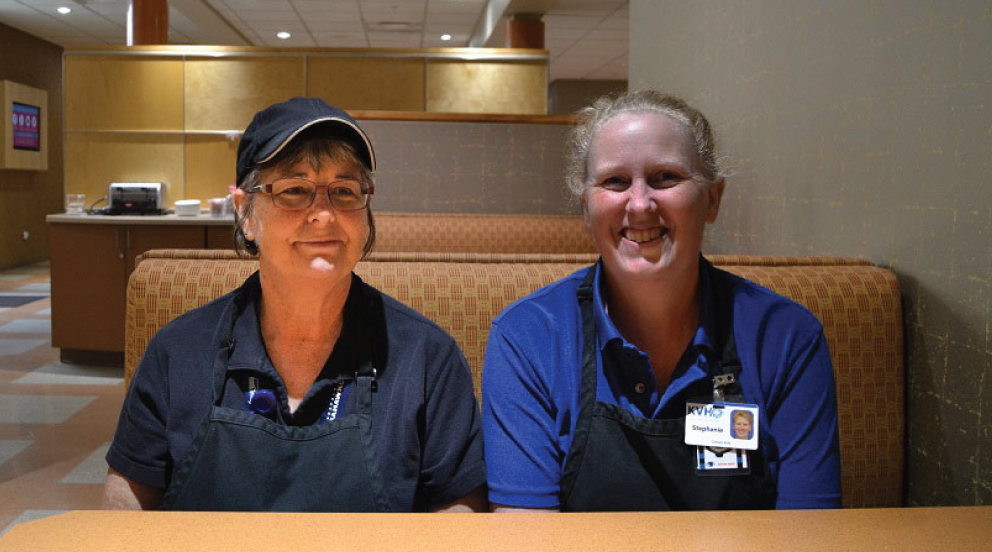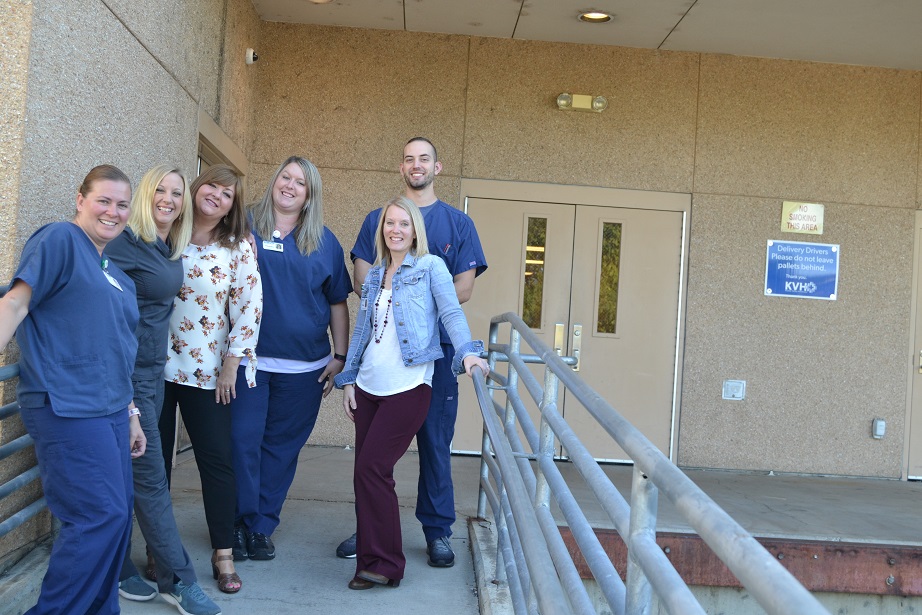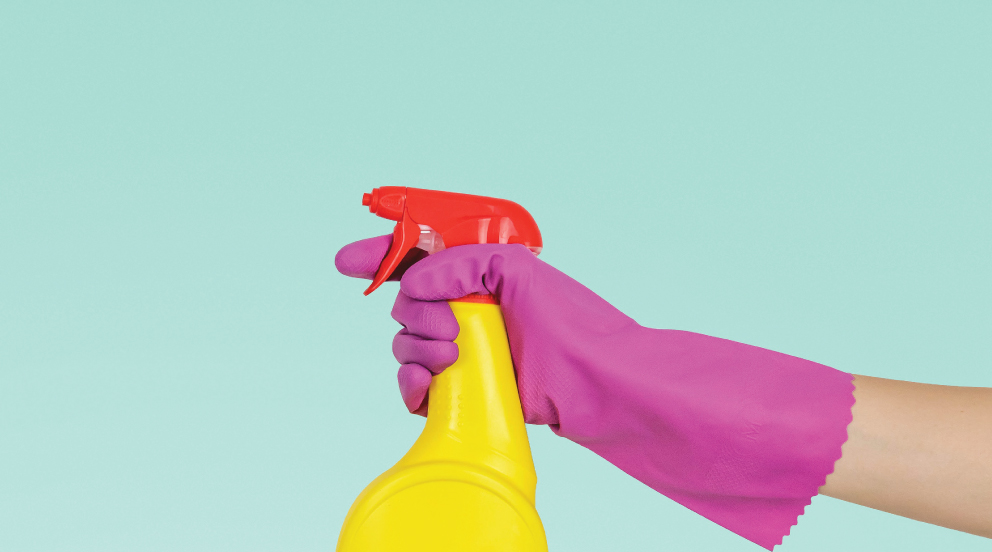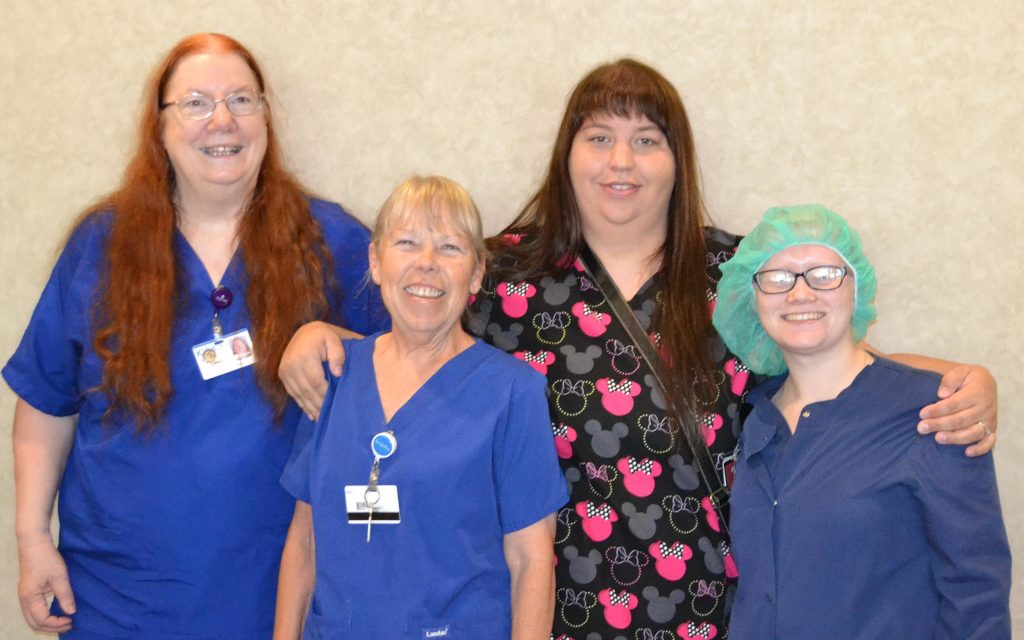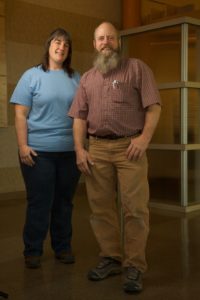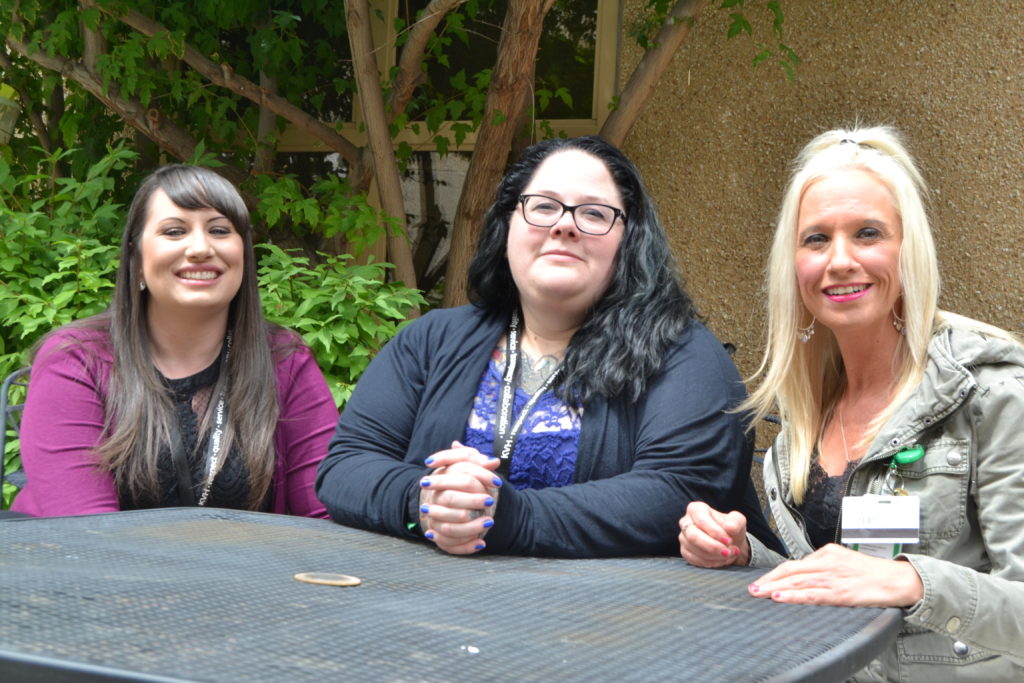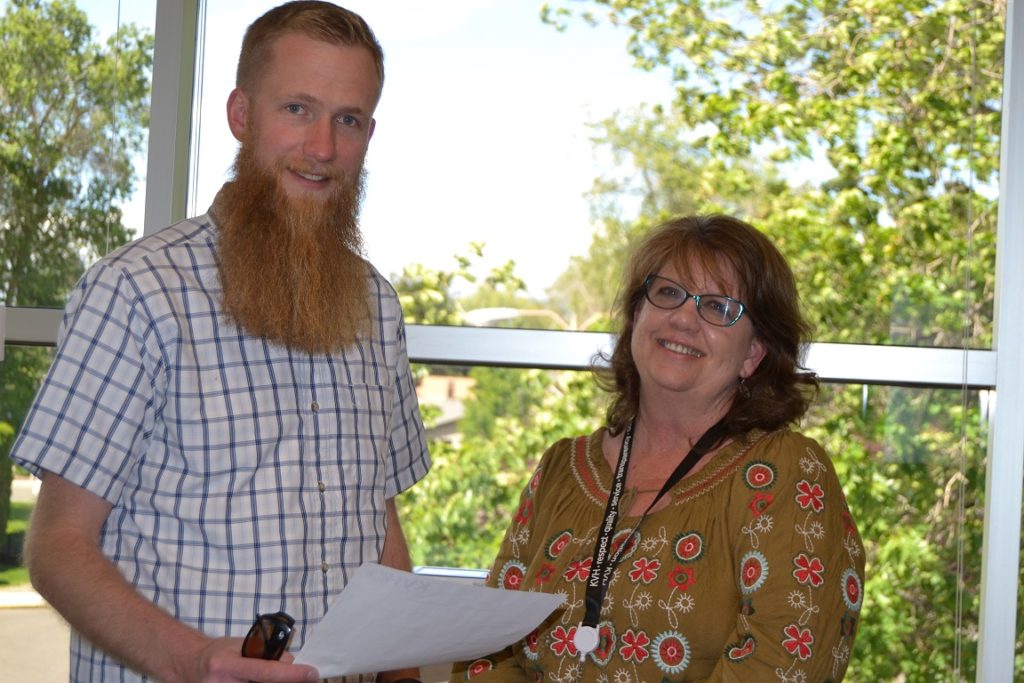On Tuesday, December 13 the Biden-Harris Administration announced that local resident Rhonda Holden, RN, BSN, MSN was one of 17 individuals throughout the country selected to join the Ground Ambulance and Patient Billing (GAPB) Advisory Committee. This new federal advisory committee was created in November of 2021 to improve the disclosure of charges and fees for ground ambulance services and to better inform consumers of insurance options for such services and protect consumers from balance billing.
Ms. Holden will provide the committee with insight into the unique needs of rural communities that rely on ground ambulance services, not only to respond to accidents and emergencies but also to transport patients long distances to a higher level of care. “I believe we can work together to revise the payment structure for ground ambulance transports which will ultimately alleviate burdensome financial challenges for consumers. Financial concerns should not be a barrier to access life-saving care for any American,” states Holden.
Rhonda’s career as a registered nurse has been spent largely serving rural communities. She is a long time resident of Roslyn with an in-depth experience in advisory roles. She currently serves as the Chief Ancillary Officer at Kittitas Valley Healthcare (KVH) and is the Director of Strategic Initiatives for Kittitas County Public Hospital District #2, which operates Medic One, the only advanced life support (ALS) ambulance service in Upper County.
“Ms. Holden is well qualified to articulate the unique challenges that rural ground ambulance consumers and providers experience and will represent the rural perspective,” stated KVH Commissioner Robert Davis in her nomination letter. Ms. Holden’s nomination was supported by Kittitas County Hospital District 1 and 2’s Boards of Commissioners, the Legislators of Washington State’s 13th District, the Washington State Hospital Association, the Washington State EMS and Trauma Steering Committee, the Washington State Emergency Cardiac and Stroke Technical Advisory Committee and the American Hospital Association’s Rural Health Services.
For more information on the Ground Ambulance and Patient Billing Advisory Committee appointments see Members of New Federal Advisory Committee Named to Help Improve Ground Ambulance Disclosure and Billing Practices for Consumers | CMS and 2022-27263.pdf (federalregister.gov).
For information on the GAPB committee and charter see Advisory Committee on Ground Ambulance and Patient Billing (GAPB) | CMS
For inquiries on the GAPB please contact press@cms.hhs.gov
